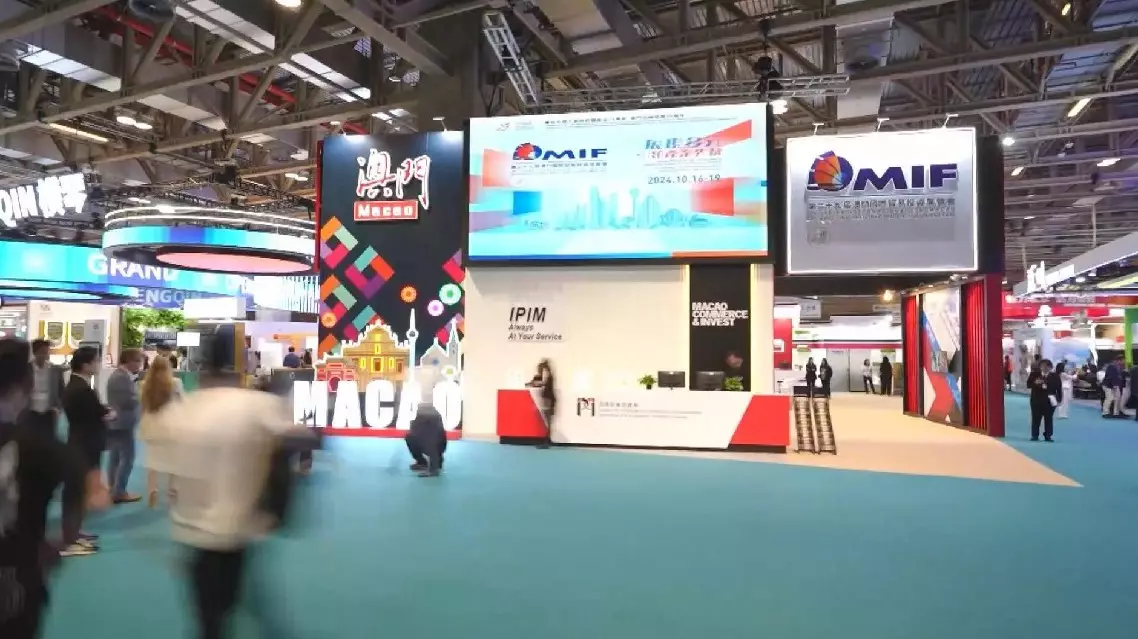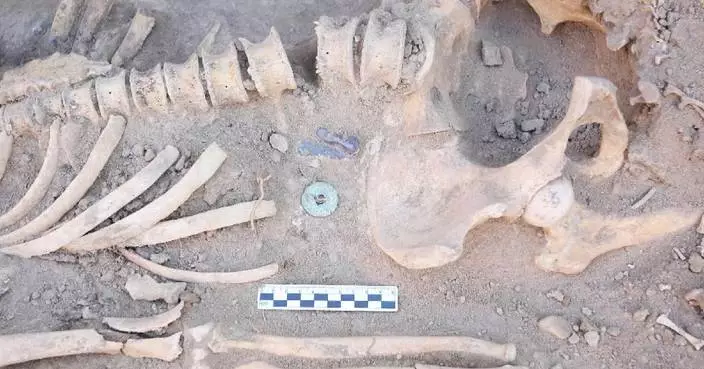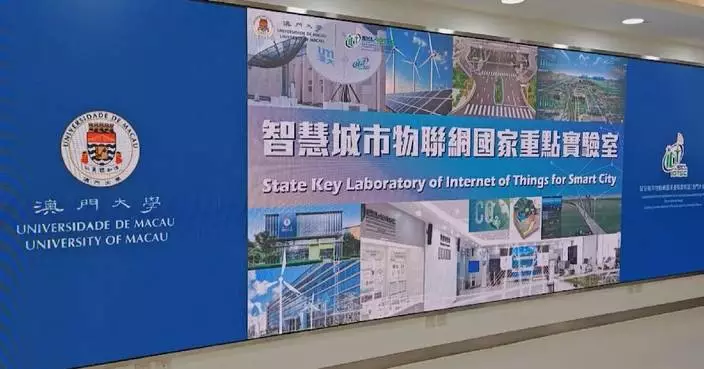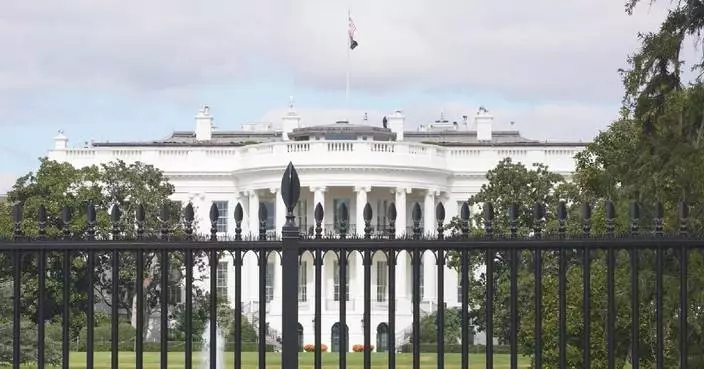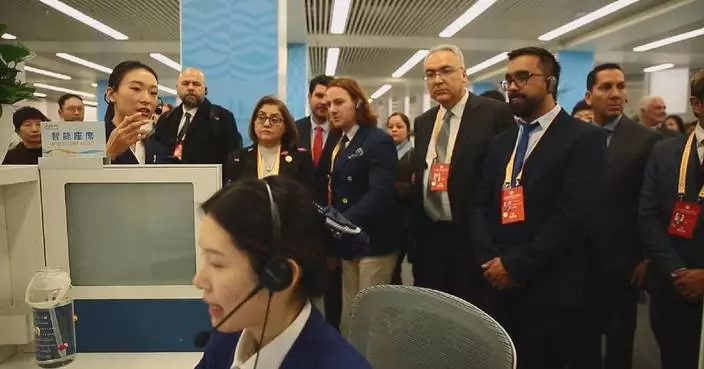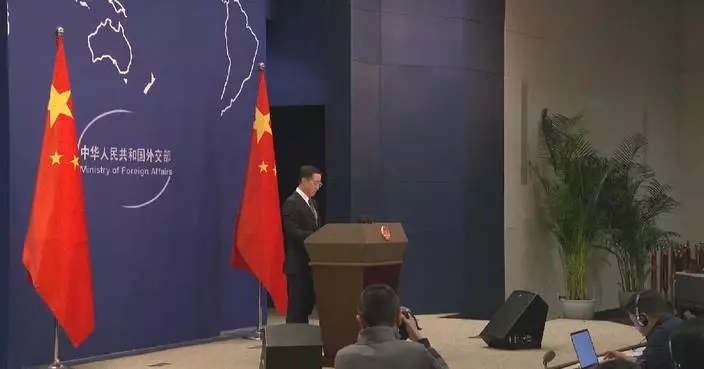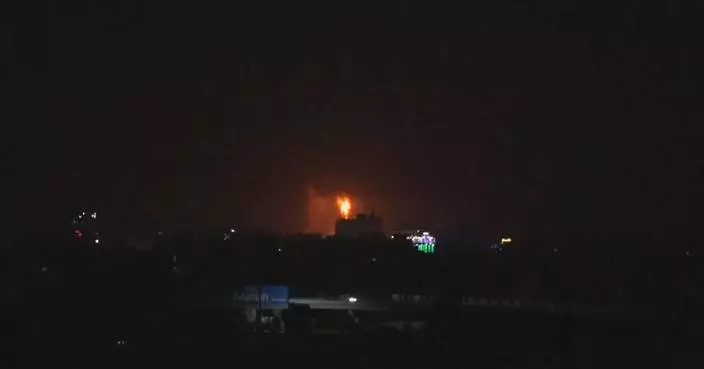Locals in northwest China's Gansu Province have pledged greater efforts to revitalize rural areas, protect cultural relics and enhance public services following President Xi Jinping's inspection tour in the province from Tuesday to Friday.
Xi, also general secretary of the Communist Party of China (CPC) Central Committee and chairman of the Central Military Commission, on Wednesday stressed the importance of industrial development in revitalizing rural areas when visiting an apple production base in Gansu's Tianshui City.
In an apple orchard, Xi talked to local farmers and agro-technicians to learn about in detail the quality and specialty of Huaniu apple endemic to Tianshui, the planting techniques and sales.
Noting that the key to rural revitalization lies in industrial revitalization, Xi encouraged local villagers to make persistent efforts to make the apple industry bigger and stronger.
Located in the Maiji District of Tianshui City, the apple production base spans three townships and 25 villages, covering an area of 10,000 hectares.
Xi also visited the Fuxi Temple in Tianshui City. The temple is dedicated to Fuxi, a mythical ancestor of the Chinese nation.
Noting that the Fuxi Temple has significant historical and cultural values, Xi emphasized the importance of preserving and inheriting local cultural heritage, so that the wisdom and creativity of the ancestors will inspire the future generations.
On Wednesday, Xi visited the Maijishan Grottoes, where he carefully observed the caves, sculptures, and murals that date back over 1,600 years. He also engaged in friendly conversations with the preservation and restoration staff there.
Maijishan Grottoes is one of China's four largest Buddhist cave complexes, along with Mogao, Yungang and Longmen grottoes in Gansu, Shanxi and Henan provinces, respectively.
Highlighting the grottoes as treasures of the Chinese civilization, Xi called for greater contributions to the protection of national treasures and the inheritance of China's outstanding traditional culture.
"General Secretary Xi said on many occasions that we must effectively protect the precious heritages of our nation," said Yue Yongqiang, deputy director of the Maijishan Grottoes Art Research Institute.
Also on Wednesday, Xi inspected a local community in Lanzhou, the capital city of Gansu, where he stressed the importance of prioritizing elderly care and childcare in efforts to improve public services.
The Zaolinxi Community located in Lanzhou's Anning District is home to over 11,500 residents, with the elderly and children accounting for more than one-third of the population.
He emphasized the need to focus closely on the actual needs of residents, especially the elderly and children, and to continuously improve community services.
Wang Tong was one of the employees who shared stories with President Xi.
She is one of the grid-based community workers -- who are assigned to a certain number of households within the designated grid. When the residents are in need, they are the contact points for the locals.
Their daily responsibilities include collecting basic information, social conditions and public opinions, publicizing policies and laws, and helping with special population management.
"Although my work is about very small and detailed problems of the residents, and sometimes I feel tired and annoyed, but when you get the work done, then you can see the people's satisfaction and they thank you from the bottom of their hearts. That's when you feel very satisfied. I feel that I am valued at work, and I know my value," said Wang.
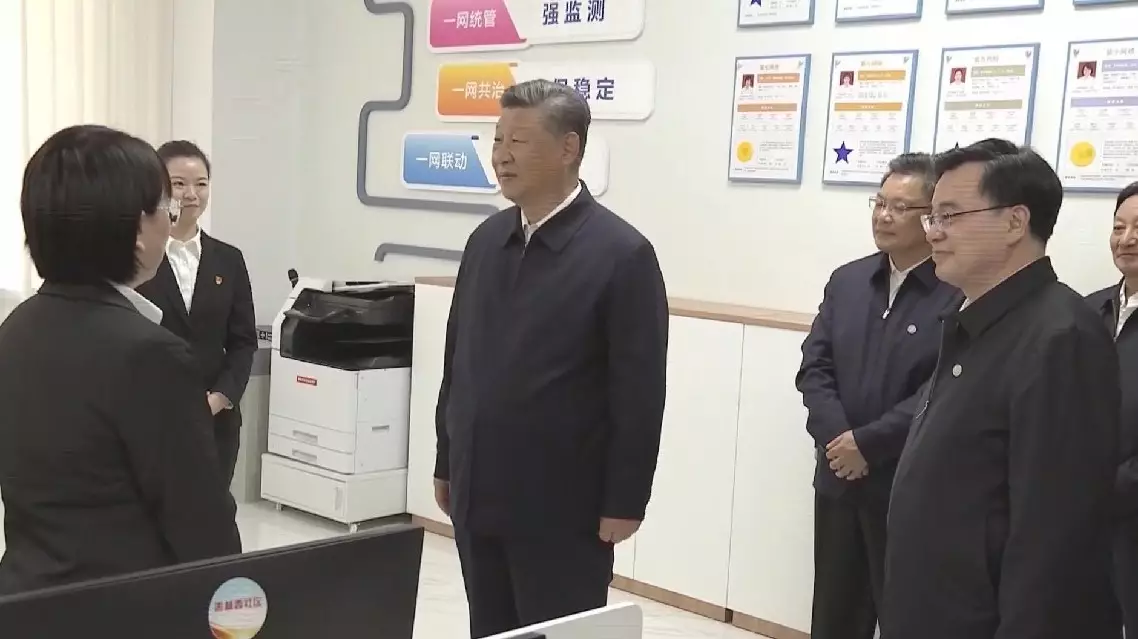
Locals pledge working harder following President Xi's inspection in Gansu
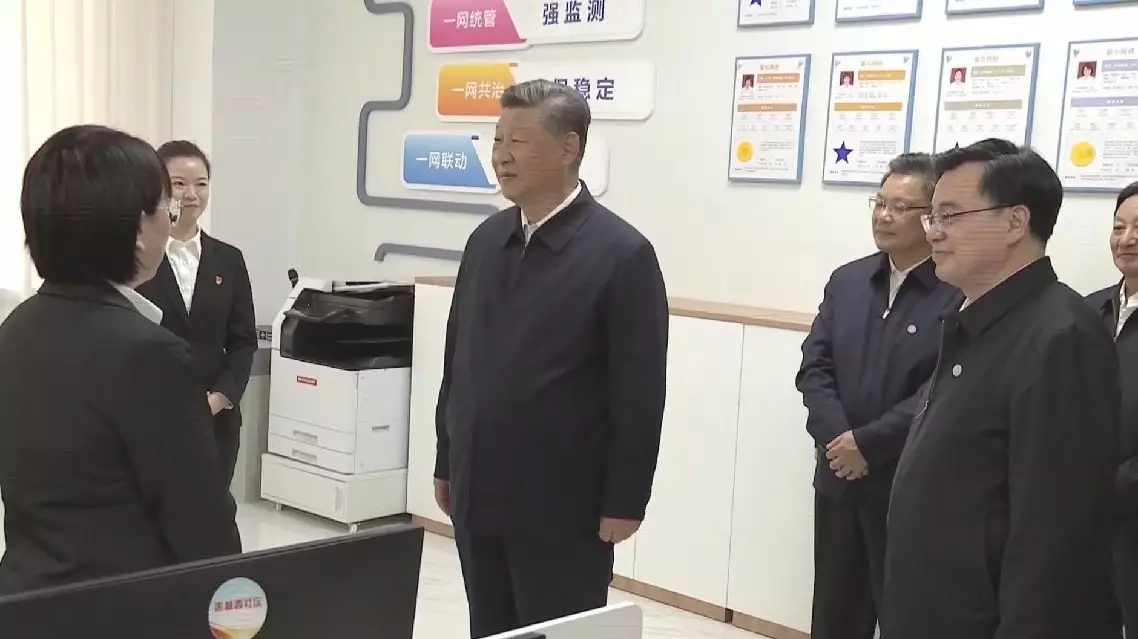
Locals pledge working harder following President Xi's inspection in Gansu


